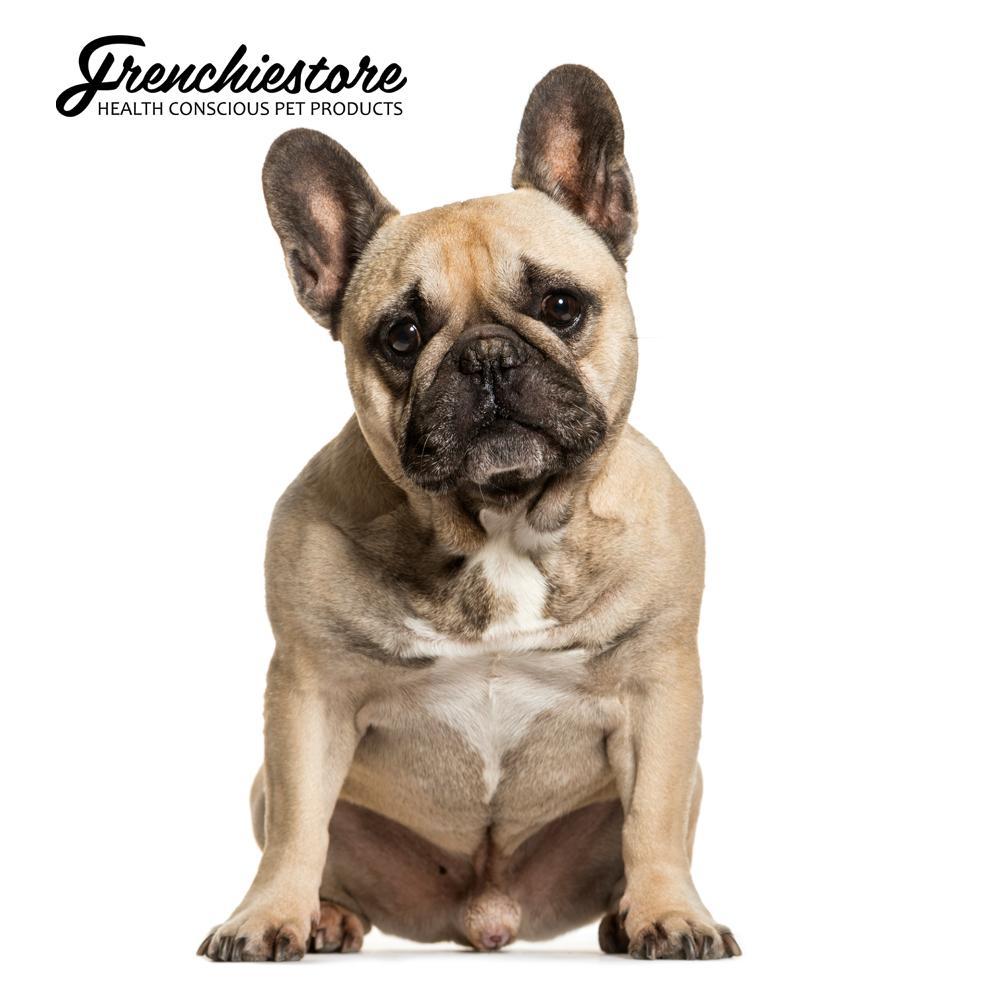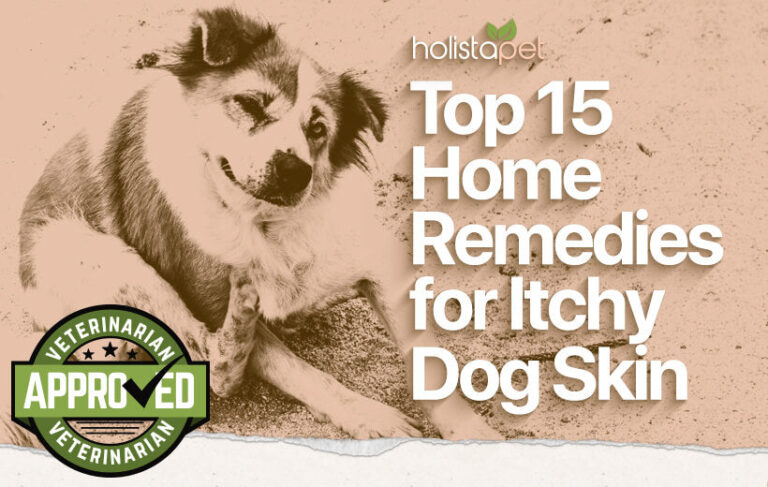To help moisturize a dog’s dry nose, you can soak the nose with a warm, moist towel and then apply petroleum jelly. However, if your dog has other symptoms in addition to a dry nose, it is important to seek veterinary attention for proper diagnosis and treatment.

Credit: frenchiestore.com
Causes Of Dry Dog Nose
A dry nose in dogs can be caused by various factors, including weather conditions, dehydration, and medical conditions. Understanding the causes of a dry dog nose is essential in order to provide the appropriate treatment and ensure your furry friend’s comfort. Let’s explore these causes in more detail:
Weather Conditions
Extreme weather conditions, such as cold temperatures and low humidity, can cause your dog’s nose to dry out. The dry air can strip the moisture from the skin, leading to a dry and cracked nose. Providing your dog with a warm and humid environment can help alleviate this issue. You may consider using a humidifier or keeping your dog indoors during harsh weather conditions.
Dehydration
Dehydration is another common cause of a dry dog nose. Just like humans, dogs need to stay hydrated to maintain healthy skin and mucous membranes. If your dog isn’t drinking enough water or is engaging in excessive physical activity, they can become dehydrated. Make sure you provide fresh water regularly and encourage your dog to drink. If you suspect dehydration, consult with a veterinarian to determine the best course of action.
Medical Conditions
In some cases, a dry dog nose could indicate an underlying medical condition. Issues such as allergies, infections, autoimmune diseases, or hormonal imbalances can contribute to a dry nose. It’s crucial to monitor your dog for other symptoms, such as nasal discharge, sneezing, or skin irritation. If you notice any additional signs or if the dry nose persists, it’s recommended to seek veterinary attention for a proper diagnosis and treatment plan.
By understanding the causes of a dry dog nose, you can take the necessary steps to provide relief and improve your furry friend’s overall well-being. Whether it’s adjusting their environment, ensuring proper hydration, or seeking medical intervention, your dog’s nose will thank you for the care and attention.

Credit: www.amazon.com
Home Remedies For Dry Dog Nose
When your furry friend has a dry nose, there are a few simple home remedies you can try to provide relief and moisturize their delicate skin. These remedies include moisturizing with a warm, moist towel, applying petroleum jelly, and using a dog-specific nose balm. Let’s explore each of these options in detail.
Moisturizing With Warm, Moist Towel
Moisturizing your dog’s dry nose with a warm, moist towel can help to replenish lost moisture and soothe the skin. Follow these steps to perform this remedy:
- Take a clean, soft towel and soak it in warm water.
- Gently wring out the excess water from the towel.
- Hold the towel against your dog’s dry nose, allowing the warmth and moisture to penetrate the skin.
- Repeat this process several times a day to keep the nose moist and prevent further drying.
Applying Petroleum Jelly
Another effective remedy for dry dog noses is applying petroleum jelly. This creates a barrier that helps to lock in moisture and protect the skin. Here’s how to apply petroleum jelly:
- Ensure your dog’s nose is clean and dry before applying petroleum jelly.
- Take a small amount of petroleum jelly on your fingertips.
- Gently massage the jelly onto your dog’s nose, covering the entire surface.
- Reapply as needed throughout the day to maintain moisture.
Using Dog-specific Nose Balm
If you prefer using a product specifically formulated for dogs, a nose balm can be a great option. These balms are designed to provide intense moisturization and protection for your dog’s nose. Follow these steps when using a dog-specific nose balm:
- Select a high-quality, dog-specific nose balm from a reliable brand.
- Ensure your dog’s nose is clean and dry before application.
- Take a small amount of the balm on your fingertips.
- Gently massage the balm onto your dog’s nose, covering all dry areas.
- Repeat the application as directed on the product label or as needed.
Remember to always consult your veterinarian if your dog’s dry nose persists or is accompanied by other concerning symptoms. They will be able to provide proper guidance and recommend any necessary treatments based on the underlying cause.
Safety Measures And Recommended Products
When it comes to dealing with a dog’s dry nose, it’s important to take safety measures and choose the right products. Avoiding toxic substances like Vaseline, moisturizing older dogs’ noses, and choosing dog-safe nose balms or coconut oil are all effective ways to relieve dryness and discomfort.
Avoiding Toxic Substances Like Vaseline
While Vaseline may seem like a quick fix for a dry nose, it’s important to avoid using this product on dogs. Vaseline is not intended for ingestion and dogs often lick their noses, potentially ingesting harmful substances. Instead, opt for specially formulated dog-safe nose balms that are free from toxic ingredients and safe for your furry friend to lick.
Moisturizing Older Dogs’ Noses
Older dogs are more prone to dry noses due to decreased moisture production. To provide relief for your older furry companion, make sure to moisturize their nose regularly. Gently clean their nose with a warm, moist towel to remove any dry skin or debris, then apply a moisturizing balm or coconut oil. This will help to keep their nose soft and prevent discomfort.
Choosing Dog-safe Nose Balms Or Coconut Oil
When it comes to choosing the right product for your dog’s dry nose, it’s important to opt for dog-safe nose balms or coconut oil. These products are specifically formulated for dogs and are safe for them to lick. Look for natural ingredients like cocoa butter, shea butter, and essential oils that will provide hydration and nourishment to their nose. Keep in mind that every dog is different, so it may take some trial and error to find the product that works best for your furry friend.

Credit: www.allinahealth.org
Frequently Asked Questions For What To Put On A Dog’s Dry Nose
What Can I Put On My Dog’s Dry Nose Home Remedy?
To alleviate a dog’s dry nose at home, gently apply a warm, moist towel and then use petroleum jelly for added moisture. If your dog has other symptoms or the dry nose persists, consult a veterinarian for proper diagnosis and treatment.
Avoid using Vaseline as it can be toxic to dogs.
How Do You Treat Dry Skin On A Dog’s Nose?
To treat dry skin on a dog’s nose, use a specific product like Dulàc Dog Nose Balm. Avoid using human creams as dogs can ingest harmful substances. Moisturizing the nose with a warm towel and applying petroleum jelly can also provide relief.
If there are other symptoms, consult a vet for proper treatment.
Can I Put Vaseline On My Dog’s Nose?
No, you should not put Vaseline on your dog’s nose as it can be toxic and cause stomach upset if ingested. Instead, use a dog-specific nose balm to moisturize your dog’s dry nose.
Should You Moisturize Your Dog’s Nose?
Moisturizing your dog’s nose can help keep it soft and hydrated, especially for older dogs with drier noses. Use a dog-specific nose balm to add moisture and prevent dryness. Avoid using human creams as they may be harmful if licked by your dog.
Conclusion
To keep your dog’s dry nose moisturized and soft, try soaking it with a warm, moist towel and applying petroleum jelly. However, it’s important to remember that a dry nose could be a sign of an underlying disease, so it’s best to consult a veterinarian if your dog has additional symptoms.
Avoid using creams intended for human use, as dogs often lick their noses and could ingest harmful products. Keep your furry friend’s nose healthy and comfortable with the appropriate care.



